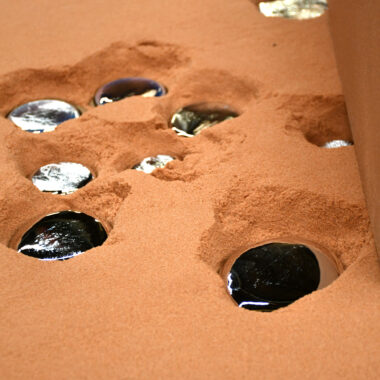Mastering Aluminum Casting: Proven Methods to Boost Production Efficiency
Mastering Aluminum Casting: Proven Methods to Boost Production Efficiency
Blog Article
Dive Into the Globe of Light Weight Aluminum Casting: Recognizing the Various Techniques
Light weight aluminum spreading is a fundamental process in the production industry, with numerous approaches used to create complex and exact components. Understanding the different techniques made use of in aluminum casting can provide valuable insights into the capacities and limitations of each method. From the standard sand casting method to the innovative die casting procedure, each approach provides special advantages relying on the demands of the project. Discovering these varied techniques can supply a detailed view of the opportunities within the globe of light weight aluminum casting and how each technique adds to forming the modern manufacturing landscape.
Sand Spreading Method
Sand casting, a widely-used approach in light weight aluminum casting procedures, entails developing mold and mildews made from compacted sand for putting liquified steel. This approach is cost-efficient and extremely versatile, making it a preferred selection for different sectors. The procedure begins with the creation of a pattern, commonly constructed from timber or metal, which is then pressed into the sand to leave a perception. The sand combination, usually silica sand blended with a binder like clay, is securely loaded around the pattern to create a mold cavity. As soon as the mold is prepared, it is firmly put in a flask and molten light weight aluminum is put right into the dental caries.
After the steel has actually cooled down and strengthened, the sand mold is broken away to disclose the aluminum spreading. Sand spreading enables the production of complicated shapes and huge components that might be pricey or hard to create using other methods. It is additionally a sustainable method as the sand can be recycled and used numerous times, minimizing waste in the spreading procedure.
Permanent Mold And Mildew Technique

One significant benefit of the Permanent Mold Technique is the improved dimensional precision it offers. The metal mold permits for tighter resistances and finer details in the last aluminum spreadings compared to sand spreading methods. This precision makes it a preferred option for applications where limited dimensional control is critical, such as in the auto and aerospace markets.

Die Casting Process

Investment Casting Approach
Utilizing an accuracy casting check this site out approach, Financial investment Casting Technique entails producing detailed light weight aluminum components by putting molten metal into a ceramic mold. This process, likewise understood as lost-wax spreading, starts with the development of a wax pattern of the wanted component. This wax pattern is then covered with a ceramic product to develop a shell. When the ceramic covering is hardened, it is heated up to eliminate the wax, leaving a hollow ceramic mold.
Investment casting is frequently made use of for making components in industries where limited resistances and intricate layouts are required, such as aerospace, auto, and clinical tools. The versatility and precision of the Investment Casting Method make it a useful strategy in the globe of aluminum spreading.
Lost Foam Casting Approach
Having discovered the elaborate accuracy of Investment Casting Approach, the focus currently shifts to the ingenious technique of Lost Foam Spreading in aluminum look at this site element production. Lost Foam Casting, likewise known as evaporative pattern spreading, is a modern-day strategy where a foam pattern of the preferred part is produced and after that coated with a refractory product.
In Addition, Lost Foam Spreading is an economical process as it reduces the demand for cores and permits for the manufacturing of lightweight elements. Despite its benefits, Lost Foam Casting needs mindful control of the casting process to avoid flaws and ensure top quality components.
Verdict
In final thought, aluminum casting provides a selection of methods such as sand casting, permanent mold method, pass away spreading, financial investment spreading, and shed foam casting. Each approach has its own benefits and applications, making light weight aluminum casting a functional and extensively used procedure in various markets. Comprehending the differences in between these approaches is crucial in selecting one of the most suitable spreading method for details manufacturing requirements.
Sand spreading, a widely-used method in aluminum casting processes, involves creating molds made of compacted sand for putting liquified steel. aluminum casting.The Irreversible Mold Strategy, like sand spreading, is another common approach used in light weight aluminum casting procedures, supplying distinct benefits in terms of mold and mildew reusability and dimensional accuracy. The steel mold permits for tighter tolerances and better information in the last aluminum spreadings compared to sand casting techniques. The 2 major kinds of die spreading are cold chamber die casting and hot chamber die casting, each ideal for various kinds of light weight aluminum alloys.In conclusion, light weight aluminum spreading uses a selection of methods such as sand casting, irreversible mold strategy, die casting, financial investment casting, and shed foam spreading
Report this page